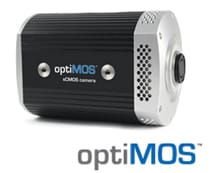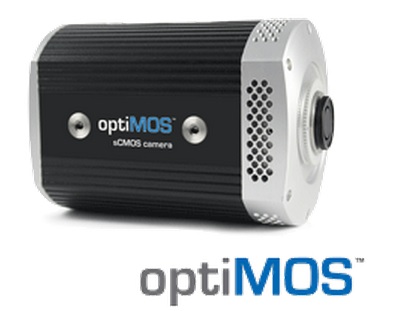QImaging Launches optiMOS sCMOS for Fluorescence Microscopy – a CCD Camera Alternative

 QImaging has added another member to its extensive portfolio by launching the new optiMOS Scientific CMOS (sCMOS) camera. The new optiMOS sCMOS camera is specially designed to suit a wide range of fluorescence microscopy applications and also provides an alternative to CCD cameras.
QImaging has added another member to its extensive portfolio by launching the new optiMOS Scientific CMOS (sCMOS) camera. The new optiMOS sCMOS camera is specially designed to suit a wide range of fluorescence microscopy applications and also provides an alternative to CCD cameras.
CCD cameras, due to their quantitative performance and sensitivity are found to be reliable and have been used successfully by researchers for scientific imaging, but some of its drawbacks include the difficulties faced when attempting to increase temporal resolution while maintaining spatial resolution. The optiMOS sCMOS camera helps overcome these issues by capturing fast, cellular dynamic events across a larger field of view.
Documenting fast cellular interaction emitting very low luminescence signals requires highly sensitive imaging devices capable of providing adequate spatial and temporal resolutions. The optiMOS sCMOS camera with its high resolution, speed and increased sensitivity helps resolve small cell structures, fast cellular events and low luminescence signals due to short exposures respectively. The QImaging optiMOS sCMOS camera with 2.1 megapixels at 100 FPS has a 45% larger field of view than the standard 1.4 megapixel fluorescence CCD camera. The camera comes with a price tag of about $ 9950 a piece and it is ideal for live cell fluorescence microscopy, studying membrane dynamics, protein and lipid trafficking, ion transport, calcium imaging etc.
Source: QImaging
